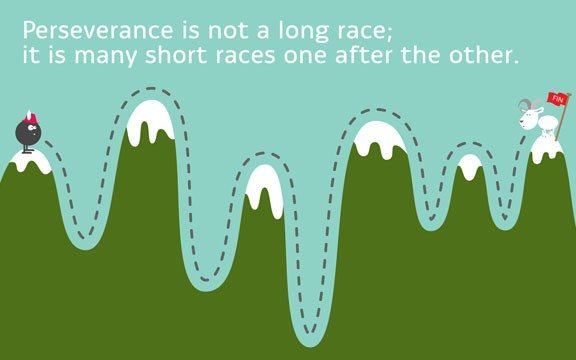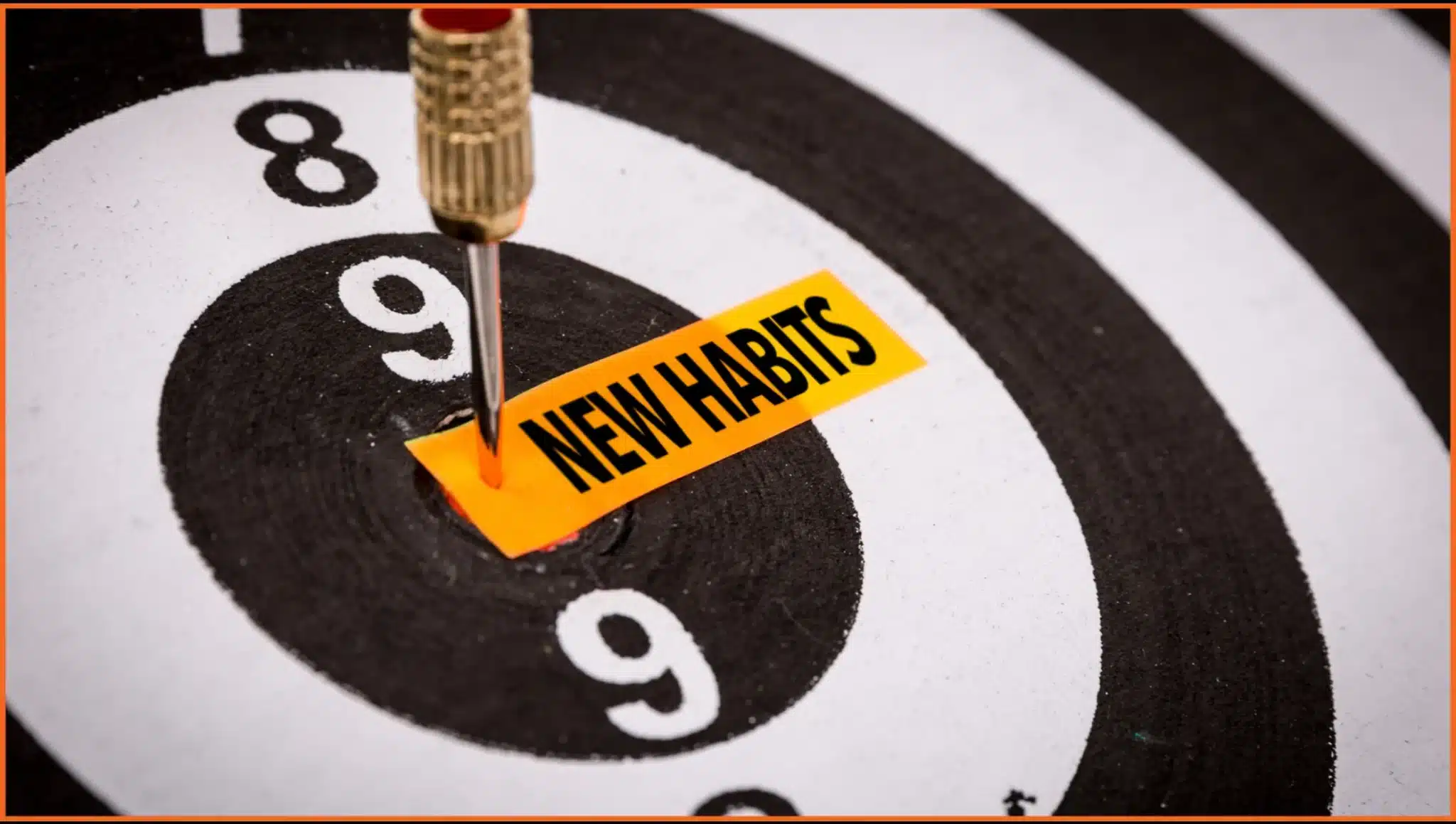Perseverance might not be a long race. But in our experience at FocusU, it’s certainly a tough one. Especially when Murphy’s Law is riding shotgun: anything that can go wrong, often does. And yet, the people and teams that continue to show up, step up, and move forward? They are the ones who build something meaningful.
In our workshops and leadership journeys, we’ve seen that perseverance is often the invisible ingredient behind success. It’s not flashy. It’s not loud. But it’s consistent. And in today’s world, that consistency is a superpower.
Perseverance in Action: When Learning Gets Real
Table of Contents
Winston Churchill famously said, “If you’re going through hell, keep going.” It sounds dramatic, but it’s true. Whether it’s learning a new skill, building a business, or leading a team through change – the only way out is through.
In our facilitator roles, we often work with participants facing real performance pressures. We’ve watched teams navigate simulations that test their patience, challenge their thinking, and occasionally, spark conflict. And still – they persevere. What emerges on the other side is more than a solved problem. It’s a deeper sense of belief in themselves and in each other.
This, for us, is what perseverance looks like: not the absence of struggle, but the presence of determination.
Why Grit Outweighs Talent
There are many who will tell you that you can’t. But as one quote we love puts it, “What you’ve got to do is turn around and say, watch me!”
Angela Duckworth’s research on grit highlights that passion and perseverance for long-term goals matter more than raw talent. That’s why we see high-performing individuals and leaders often share one thing in common: an ability to stay committed, long after the novelty wears off.
In our team, we often joke that being a ninja at work means showing up even when things get hard – especially when things get hard. Here are two such ninja stories that have stayed with us.
Ninja 1: Guru – From the Streets to Software
We met Guru during an induction program for an ITES client. He was quiet and withdrawn. When we invited participants to share their defining moments, he hesitated, but eventually stepped forward. And what he shared left the entire room silent.
Guru lost his parents as an infant and was raised by his grandmother, a construction worker. Some days, they ate one meal. Other days, they survived on food picked from garbage bins. But Guru had something that many people in better circumstances lacked: an unshakable determination to change his future.
He knocked on the doors of NGOs for years. Many said no. One said yes. And that’s all he needed.
Today, Guru is a successful software engineer at a leading Indian MNC. His story reminds us that resilience is not about resources, but about resolve.
Related Reading: 5 Sources To Draw Resilience From
Ninja 2: Hansa – From Anxiety to Articulation
Hansa, a fellow facilitator and friend, had a different struggle. Though she studied in an English-medium school, her spoken English was weak. In college, she was ridiculed for it. Presentations were nightmares. Public speaking brought on full-blown panic.
But Hansa didn’t let the laughter break her. She let it shape her.
She immersed herself in the language – watching films, listening to music, speaking to anyone who would listen. Slowly, her fear turned into fluency. Today, Hansa is not just confident in English – she coaches others on how to find their voice.
That’s what perseverance looks like: doing the uncomfortable thing again and again until it becomes second nature.
What These Stories Teach Us
Both Guru and Hansa didn’t have extraordinary resources. What they had was grit, resilience, and the audacity to believe in something better.
In the workplace, we often measure outcomes. But in our experience, it’s just as important to measure effort, consistency, and intent. Because sometimes, the results take time. But the journey reveals the leader.
Perseverance in L&D: What We’ve Noticed
In our learning journeys, perseverance plays out in subtle but significant ways:
- A first-time manager struggling with delegation, but trying again
- A quiet participant who speaks up by day three of the workshop
- A team that fails a simulation, regroups, and aces the next round
These moments might not make headlines. But they build momentum.
We often say, “Your biggest achievements don’t reflect who you are. They reflect what you kept doing, even when it got tough.”
Takeaways for Leaders and L&D Professionals
So how do we build perseverance in our teams? Here’s what we recommend:
- Normalize failure: Talk about setbacks. Celebrate bounce-backs.
- Reward consistency: Not just outcomes, but effort.
- Coach for growth: Help people reflect on what’s working and what they’re learning.
- Design learning journeys, not one-offs: Change takes time. Build momentum.
- Share stories: Stories like Guru’s and Hansa’s can inspire more than slides ever will.
Related Reading: How Leaders can Foster Resilience
A Final Thought
Perseverance doesn’t mean never falling. It means choosing to get up again, even when it would be easier to stay down.
In a world obsessed with speed and results, let’s not forget the power of slow, steady, stubborn effort.
Because while talent opens the door, it’s perseverance that keeps it open.
If you plan to be a ninja at work, remember: the journey is greater than the destination. And grit is the quiet fuel that gets you there.










